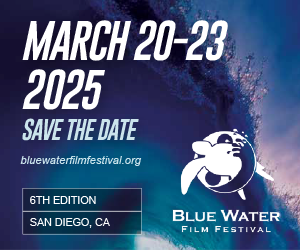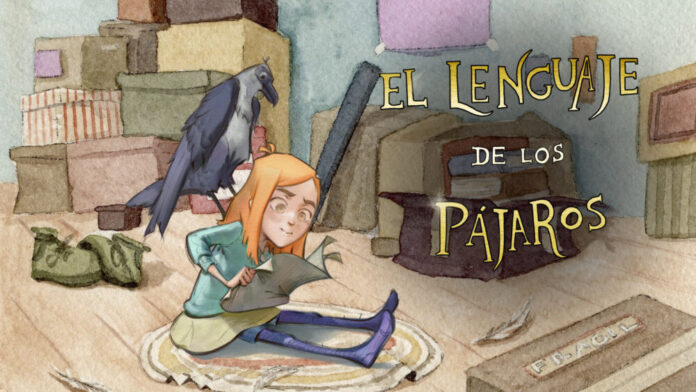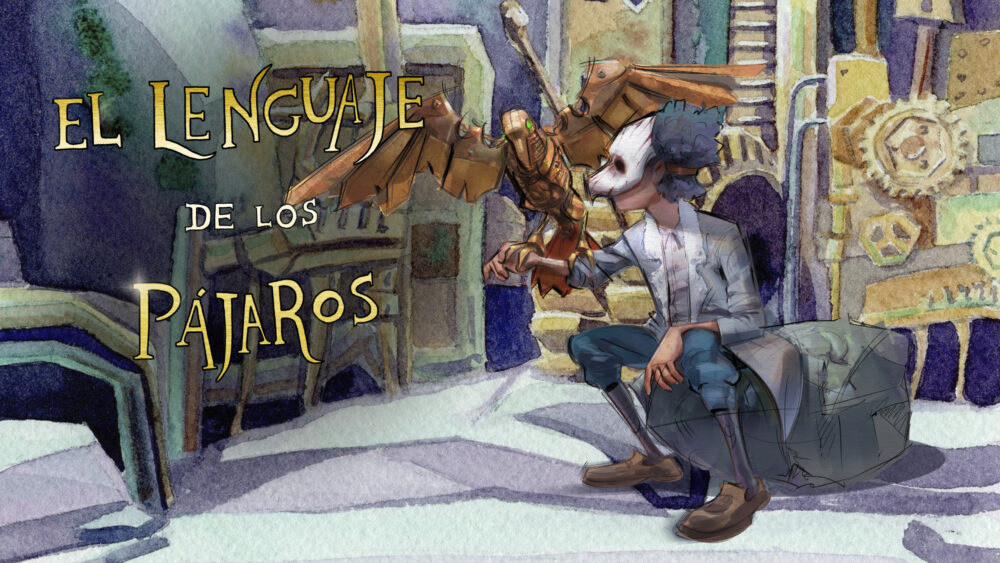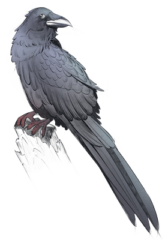Animation producer Gerry Cardoso is best known for the 2016 animated feature El Americano, with Edward James Olmos, Phil Roman and director Ricardo Arnaiz. He is currently working on several new features, including the much-anticipated The Mark of the Jaguar. He and director Cynthia Fernandez Trejo were kind enough to answer a few questions about their new movie The Language of Birds.
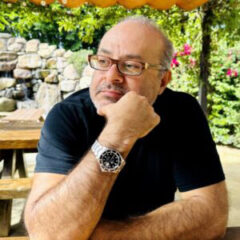
Animation Magazine: Congrats on your new movie project. Can you tell us a bit about its origins and inspirations?
Gerry Cardoso: El Lenguaje de los Pájaros/The Language of Birds takes as starting point some of the folk tales and stories that are already part of the world literature, without attempting to make adaptations of them. El Lenguaje de los Pájaros also explores the marriage between fantasy and horror, showing the power of these two genres by telling stories that can communicate something, specially, to the younger audience.
When did you begin work on it?
Gerry: The project started back in 2018 with the script written by Cynthia, our director, with the help of FONCA (Sistema de Apoyos a la Creación y Proyectos Culturales). Their main job is to promote and stimulate artistic creation in all its manifestations [in Mexico]. They invest in professional cultural projects and offer funds so that creators can develop projects like this one. In 2020 we were able to start development, in 2021 started pre-production and in 2023 production. This year we will have a clear vision on when the film will be completed.

Can you tell us what you love about this movie?
Cynthia Fernandez Trejo: El Lenguaje de los Pájaros is a film made 100 percent Mexican talent. We are very proud of the story we want to tell and the team we have formed for it. From the beginning of the project, we decided that the team would be made up of a group of young people whose vision not only resonated with the type of film we wanted to make, but would allow us to expand the artistic and technical possibilities of the project. We carefully select each crew member, paying special attention to the quality of their work and their passion for animated films. We are also proud to promote an intelligent cinema, with a clear artistic proposal, that allows to delve into subjects and issues of our reality that are generally avoided in the stories aimed to this type of viewers.
How would you describe the visual style of the film?
Cynthia: This feature film was conceived as a hybrid animation that combines digital and analog. A visual language strongly linked to the [visual] arts will be explored in order to refer to an aesthetic similar to that of illustrated children’s books from the beginning of the 20th century. The film combines tradigital animation and traditional 2D animation in order to give a visual identity to each of the worlds through which Natalia, the main character, travels. The tradigital 2D technique will be used to represent the “real” world where adults live, an abandoned and nostalgic world that resembles a ghost town; while traditional animation will be used progressively to build the fantastic but also macabre character of the world where the lost children live inside the cave.
What would you say are your biggest challenges on this project?
Cynthia: Although we know that this project involves creative challenges, that is not our main concern; we are 100 percent convinced that we have all necessary to finish this film with the challenges it entails. However, today, our biggest challenge is to find people who believe in the project and open opportunities for us. Animated cinema in Mexico, especially in the case of animated feature films, needs people who take risks with these proposals in order to make the production of this type of film possible.
What are some of the other features in development or production at Anahuac Studio?
Gerry: We are developing two CGI films; El Ultimo Coloso (The Last Giant), about a young girl named Aque, she embarks on a magical journey to save her land. In her quest she will learn incredible secrets about nature, her family, and herself. And the other film is Halloween vs, Day of the Dead — a story about two rival towns, Halloween Ville and Day of the Dead Town. The celebration of Halloween and Day of the Dead are in danger this year, so it’s up to our main characters Pumpkid and Skullina, two kids living in the rival towns, decide to team up to save their most important festivities. This film is written by Mexican director/writer Celso Garcia.
We like to think about the narrative possibilities of the sinister in children’s fiction, we believe on a cinema that allows itself to trusts in childhood and their ability to enjoy a film that walks the border between fantastic and horror. It’s urgent to look at childhood in all world, to challenge young audiences and believe that they can engage with stories that stray from conventional genres. And last, we are in development with an unannounced series with a major studio, I will keep you posted!
What lessons did you learn from the production of El Americano that you will take with you on this new journey?
After El Americano, I’ve learned a lot, especially since it was my first animated film. One of the most important thing I learned for sure; your film is as good as the people you work with, I’m not just talking about the cast, I mean, everybody, people that bring their talent and experience to do their best work. Another thing I’ve learned, always look for the right story that you want to tell, what truly excites you.
The Language of Birds has surpassed its crowdfunding goal with more than MX$511,400 (nearly $30K USD) on Kickstarter. More information about the film can be found on the campaign page here.


